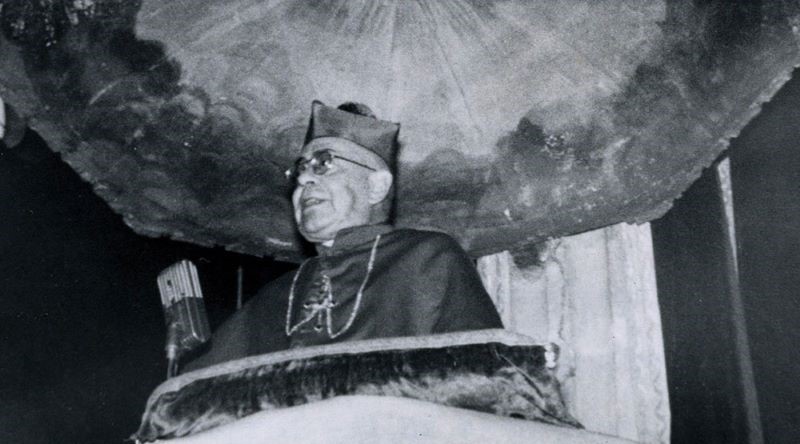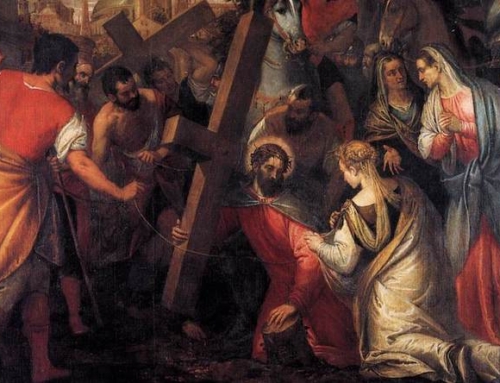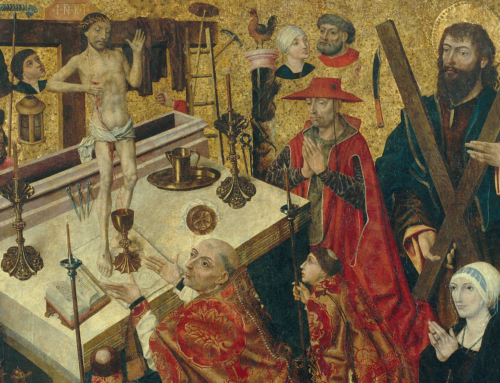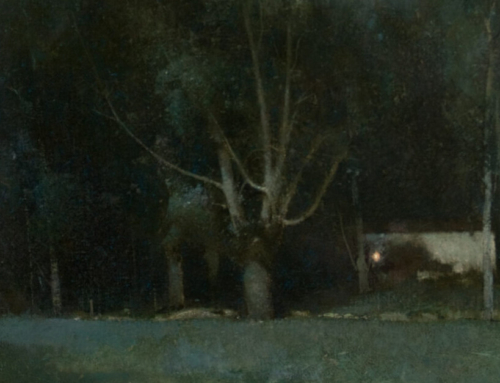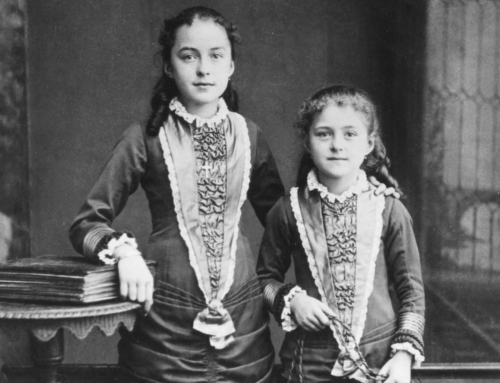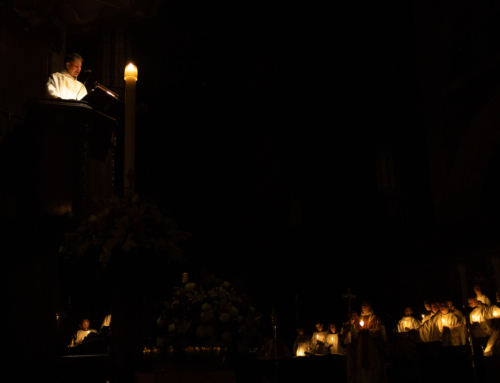2024 Summer Reading Recommendations
The Priest: Mystery of Love by Luis M. Martínez
What is a Catholic priest? How would you describe him? The world has given and continues to give many answers to this question. Archbishop Luis Martínez, first primate of Mexico, gave a most satisfactory answer: the priest is a mystery of love. The priest is a mystery of love because the priesthood itself is a mystery of love. But what is a mystery? And what is love?
Christian mysteries are not like ordinary mysteries. When we hear that something is a mystery, we think that it is something hidden in darkness, impossible to understand. A Christian mystery is quite the opposite. The mysteries of the faith are not limited, dark, and unintelligible. Rather, they are unlimited, luminous, and super-intelligible. The mysteries of the Christian faith are in fact so luminous, that is, so intelligible, that they can overwhelm us at first, giving the impression that there is nothing to be seen. It is like when we have been in a dark room for an extended period of time. We walk into the light, and our eyes must adjust to the overwhelming daylight in order to see the world around us. In the same way, the eyes of the heart have to adjust to the luminous mysteries of the Christian faith. Through the virtue of faith, the eyes of the heart receive divine power to assent to, look into, and begin to understand the Christian mysteries as part of God’s eternal wisdom.
The priesthood is one of these mysteries of faith, a mystery whose wisdom Archbishop Martínez beautifully expounds. Instituted by Christ himself and conferred on the Apostles at the Last Supper, the priesthood, Martínez reminds us, shines with divine reason as it perpetuates Christ’s presence on Earth. The priesthood perpetuates Christ’s presence in at least two ways. First, Christ is present in the person of the priest whose soul, at his ordination, received the sacred character of Christ the High Priest, forever making him a sharer in the one priesthood of Jesus Christ. Second, Christ becomes present in the actions of the priest who, because of his ordination, has the power to celebrate the sacraments, those visible signs of invisible divine action which effect on souls what they signify. Among these sacraments is the sacrament of charity, the Eucharist, that sublime gift of Christ’s Real Presence—Body, Blood, Soul, and Divinity—under the appearance of ordinary bread and wine. The priest, then, sharing in the one priesthood of Jesus Christ, is a mystery of faith, not something unintelligible and disconnected from reality, but rather an unmerited gift of God’s mercy, imbued with divine reason.
Martínez’s greatest achievement in this work is that he points the mind’s eye not only to the divine wisdom behind the priesthood but also to the profundity of God’s mercy and love. The priesthood of Jesus Christ is a mystery of love because it was Christ’s perfect love for us and the Father which impelled him to offer the perfect sacrifice for the forgiveness of sins and the salvation of souls. In simple yet powerful words, Archbishop Martínez conveys something of his wonder and gratitude to Jesus for bestowing the profound dignity of his priesthood upon men, poor and unworthy though they may be. With the eyes of faith, then, if one were to begin, as Archbishop Martínez has, to explain the mystery of the priest and the priesthood, we could say with Saint John, “I suppose that the world itself could not contain the books that would be written” (John 21:25).
✠
Photo from Knights of Columbus Multimedia Archives

